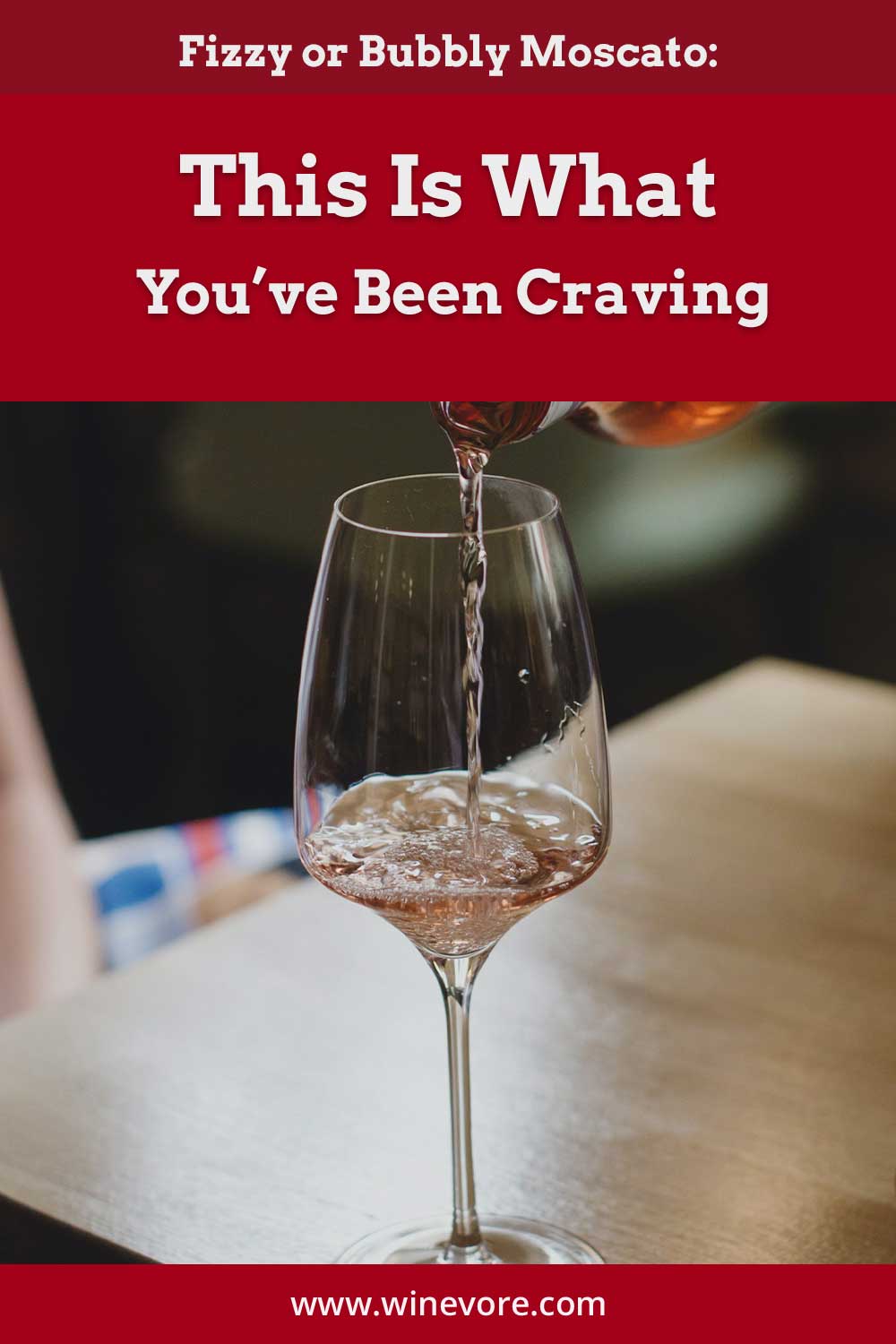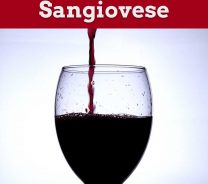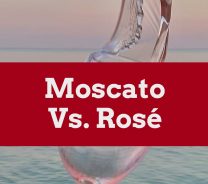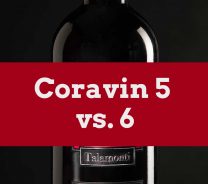Fizzy or Bubbly Moscato: This Is What You’ve Been Craving
Last Updated on August 1st, 2023
Reader Disclosure Disclosure: We may earn commissions for purchases made through links on our site. Learn more on our about us page.Sparkling or bubbly wines, in general, are likely to have gone through a second fermentation process. During the fermentation of the wine, carbon dioxide is absorbed under pressure. This is what makes our wines sparkling or bubbly.
However, when it comes to Moscato specifically, there are four different categories within, these all range and contain different elements like color and aroma. With this being said, not all Moscato may be bubbly. Some might be more bubbly than others.

Is Moscato Bubbly?
Other than a still Moscato (one of the four categories of Moscato), the others are more likely to carry a light fizz. See the list below for some recommendations for a bubbly Moscato:
- Rinaldi Moscato D’Asti
- Barefoot Bubbly Pink Moscato
- Stella Rose Imperiale Moscato
- Villa Jolanda Pineapple Moscato
Is Moscato always fizzy?
Not all Moscato is fizzy, and nor do they stay fizzy after opening. Most sparkling wines begin to lose their fizz within 4-5 hours after opening. However, there are ways to counteract the loss and revive those bubbles.
It’s also important to note that sparkling wine can still eventually lose its sparkle even if the bottle hasn’t been opened. At around 10 years, the sparkling wine will lose carbonation. This is also why it’s said that sparkling wines specifically can still ‘go bad’ after at least three years. Even if the bottle remains unopened, there are ways to revive the bubbly if that’s your goal.
If Moscato is bubbly or fizzy, does that make it Champagne?
No, Moscato is not to be considered a Champagne. This is because only the production of a true Champagne is exclusive to the Champagne region of France. Therefore, Moscato cannot legally be called a Champagne unless it’s produced out of or near (in a very particular mile radius) the Champagne region of France.
How can I make my Moscato fizzy or bubbly?
If your Moscato has lost its carbonation after storing for some reason, there are two techniques to try to bring that fizz back to life long enough to enjoy the rest of it.
The first is an older trick, some think of it as more of folklore, but it’s a regular practice for others. Dropping a single raisin in your bottle of sparkling wine a few minutes before serving will revive the fizz for you and your guests to enjoy! Of course, to be completely transparent about this raisin trick, the wine has to have some sort of light carbonation left, or else it won’t work.
The second involves the purchase of a kitchen tool, a soda maker or better known as its brand name ‘soda stream.’ This product can turn any beverage into a carbonated beverage, from water to wine. In addition, it can make any desired alcohol into a sparkling beverage of your choice.
Final Thoughts on Moscato Being Bubbly
Although Moscato is known to be a sparkling beverage, there is a still category of Moscato that is well. After opening, Moscato, like other sparkling wines, will lose its fizz within 4-5 hours of opening. An unopened sparkling wine, in general, will lose its fizz within 10 years of production at the most. However, there are tricks to bring carbonation back!
Such as dropping a raisin in your slightly bubbly Moscato for a revival of its fizz. Soda streams on the market can create any wine of your choice into sparkling wine. Last but not least, just because Moscato is bubbly does not make it a Champagne. There are legal reasons behind this, including the origin of the production of a Champagne.


















